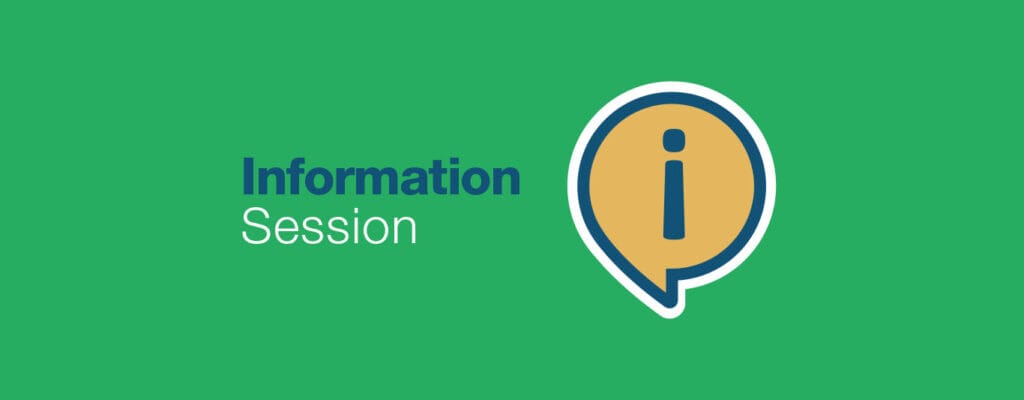


If students can read high frequency words in a snap, their reading fluency will increase…
Did you know that over 50% of the words students read are high frequency words? According to Dr. Robert L. Hillerich, a Professor at Bowling Green University, “Just three words (I, and, the) account for ten percent of all words in printed English.” So how important is it to explicitly teach students these words? Very! If students can read high frequency words in a snap, their reading fluency will increase and they can focus on the more challenging task of comprehension. If they can write these words in a snap, they can build their writing fluency, learn the standardized spelling of common words and increase the readability of their pieces.
High frequency words, or sight words, are words that often have very little meaning on their own (for example, “of”). Actually, they are often considered “service” words or connector words because they link words with more concrete meanings together. Pictures do not help you understand the meaning of sight words (after all, what picture could you draw for the word “the”?). However, they are important to the overall meaning of the sentence.
Additionally while some high frequency words do follow regular phonetic rules (e.g. “he”) most of these words do not. Therefore, these irregularly spelled words must be must be memorized by your students. Take, for example, the word “have.” If this word followed the general phonetic rules for English, you would pronounce it with the long a sound and it would rhyme with “gave”.
A good rule of thumb is to choose approximately 5 new words a week to introduce to your students. You can select these words from the students’ writing (what high frequency words are they using and misspelling most often?) or from common high frequency word lists such as the Dolch List (which has the most common 220 high frequency words) or the more recent Fry list which has compiled 1000 of the most high frequency words.
Once you have selected your words for the week, write each one of them on a different colored index card (this will help your students differentiate between similarly spelled words later on when you display them). Show the word, say the word, use the word in a sentence, have the students write the word on paper or on a wipe off board. Engage the students in saying and spelling the word through multisensory activities such as clapping each letter or jumping up and down as they say each letter.
Do a fun activity with the words each day to reinforce their use. There are so many word wall chants, cheers and games you can play with your students to bring these words to life. Quickly reinforcing how to read and write these words can be a fun transition activity (“Before you line up, hold up the number of letters in the word “they”) or a quick 5 minute review (“Let’s ‘write in the air’ this week’s word wall words.”).
At the end of the week, you can hang your words on your word wall. The word wall will house all the high frequency words you will teach your students during the year. This visual reminder will serve as a reference tool for your students the entire year.

Please share some of your own techniques for sight word instruction in the comments area below.
| Share this article on: | Donate |


Join CLI’s Breakfast Briefing to explore the future of literacy! Connect with education leaders, hear impact stories, and discover ways to get involved. Stay[..]

Empower Oregon’s educators with proven literacy strategies! Join our free virtual info session to explore research-based tools and connect with experts. Register now!

Celebrate Women's History Month with powerful stories that inspire, educate, and uplift. 📚 Download our curated guide and stay connected for more inclusive literacy[..]